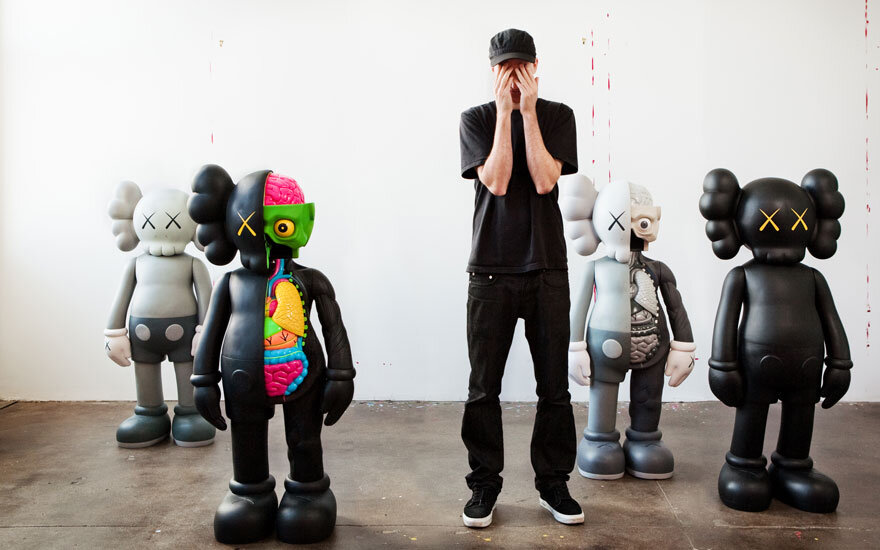I wrote this article about a year ago, at the time I was changing my subject matter from Urban Landscapes to Rugged Peaks. I held back on releasing it so that I could see how the transition would affect my business. Now, with the experience under my belt I’m pleased to say that the article doesn’t need any updating and it stands just as true as the day I wrote it.
When you set out as an artist you won’t have a track record, nobody knows your work and a LOT of effort is required to build up your creative brand. In this article I’m going to share some tips to help you establish a clear identity as an artist.
Find your niche
Become an expert in a style or subject that you love. As you dedicate time to it, collectors will begin to associate you with the work that you create. When they find the right setting for your art, or meet someone who is fascinated in your speciality - your work will come to mind.
Be Consistent
In order for collectors to recognise your work it is important to maintain a level of consistency. Changing your subject or technique every other week is unlikely to convey a coherent style. It would be like a novice musician attempting to play jazz one minute and opera the next.
Look at contemporary American artist Kaws with his famous Companion toy; he has stuck with this character throughout his career and because of that consistency, his work is instantly recognisable.
But I like to experiment!
Okay, so try to structure your arty experiments by working in series, each series can culminate in an exhibition, or a number of exhibitions as they develop. The whole is greater than the sum of its parts and this holds true to bodies of artwork. Dedicate quality time to each series and you’ll be able to create the excellent work needed to build a solid reputation.
Damien Hirst has successfully transitioned from formaldehyde animals, pharmaceuticals, dots, onto his cherry blossoms and much more. Each of these series was given the time, care and attention to make it stand on its own. Although personally I’m not a massive fan of the Cherry Blossoms (sorry Damien).
Don’t pigeonhole yourself
Once you have developed a reputation, people will be more inclined to follow you as you cover new ground. They say that variety is the spice of life, so don’t be afraid to open yourself up to new artistic challenges. You should always give yourself room to experiment and play with new styles or subjects; this is essential for artistic development.
When you discover something fun and new you can either transition completely or simply add the new series to run alongside your main body of work.
Weave the change into your narrative
As you go through these explorations with new styles/ subject matters you should keep your collectors informed of your developments. Let them know why you are changing things up and what you are hoping to achieve. If you enter into a new chapter with your work then make sure you weave that into a fascinating narrative that your audience will want to follow.
Having dedicated myself to painting mountains for the past ten months; I’ve managed to bring my audience with me, learn some fantastic new painting techniques, and my sales are just as strong, if not better than before.
If you feel like breaking new artistic ground, just remember - be consistent with your new style and give it the time and attention it needs to grow into a powerful body of work.
Happy creating!
Tom


